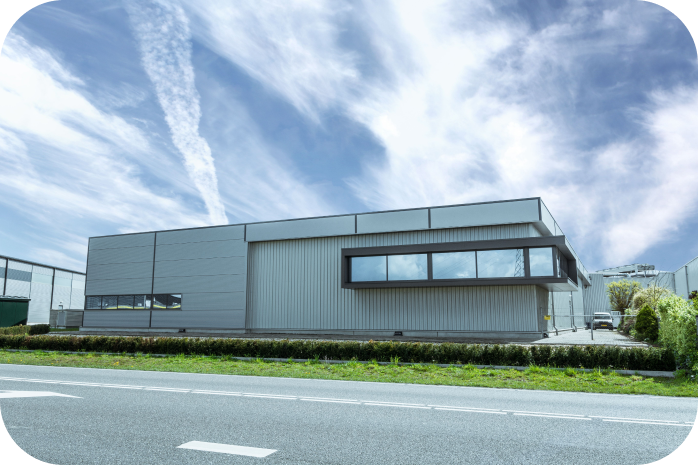Specifications
What is a gas spring?
A gas spring consists of a cylinder tube with a piston rod (also called piston) moving back and forth inside it. The gas spring is filled with nitrogen, which, depending on the required force and the limits of the gas spring itself, can be pressurized (at high pressure). At the front (rod side), the cylinder tube is sealed with a guide through which the piston rod moves back and forth. At the rear (housing side), the cylinder tube is sealed with an end cap. The pressure is equal on both sides of the piston, as there is a flow channel in the piston that, with a small amount of oil, also provides end damping for both the incoming and outgoing stroke.
Mounting and use of gas springs
Gas springs are made from high-quality components and therefore need to be mounted and used in a certain way. This includes characteristics and/or restrictions regarding materials, temperatures, storage, vibrations, free movement, lateral forces, mounting methods, as well as the method of use and/or loading.
For complete and detailed information, please refer to our “Gas Spring User Manual”. For your own safety, it is absolutely prohibited to make changes to gas springs by drilling, sawing, or welding. Also, never clean gas springs (directly) with a steam cleaner or high-pressure washer. Feel free to ask for our advice on different installations or other questions. Once gas springs have been ordered and/or filled for you, they cannot be exchanged or returned.
Design and specifications
T-Technics gas pressure and gas traction springs, as well as special products, are custom made in-house for you. The oil inside a gas spring provides end damping for both the incoming and outgoing strokes. If desired, we can increase this damping before filling and even decrease it for certain types. All gas springs are refillable, meaning that the extension force can be increased later by T-Technics. However, there are also versions available with a valve, allowing the extension force to be reduced later.
T-Technics can also provide certain types of gas springs with a feature that allows you to release the pressure yourself. T-Technics fills the gas springs to the maximum pressure (depending on the type). Then, you can install the gas spring “on the job” and then release the pressure until the system functions properly. Refer to the gas spring type “Controlspring” in our catalog for this feature. Since the gas springs are filled “in-house” at T-Technics, any desired extension force F1 can be ordered. However, this is within the limits of the gas spring type. This helps to somewhat avoid longer lead times. The extension force F1 of the gas spring is determined by multiplying the filling pressure by the surface area of the piston rod. The extension force F1 is measured by compressing the rod by 10 mm and then allowing it to return by 5 mm, expressed in Newton (N). See the table below for reference.

Questions? Feel free to call or email!

